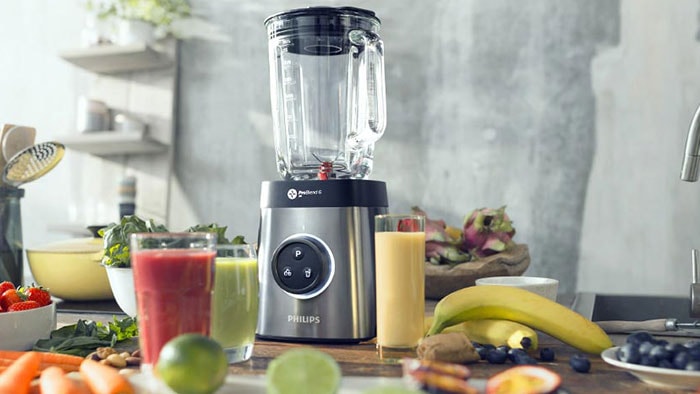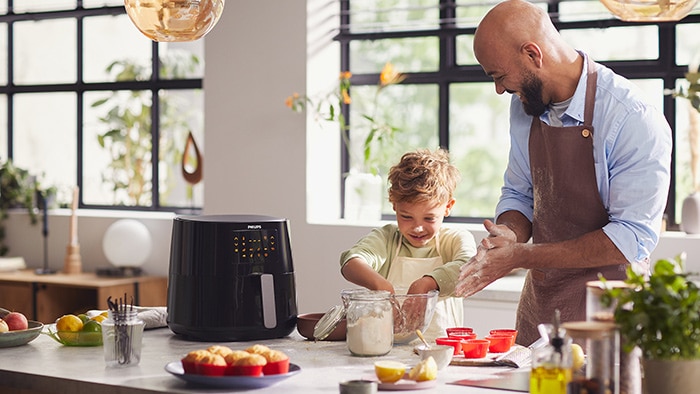Reading time: 4 Min
A simple guide to cleaning and descaling the kettle
Did you know that in the U.K. we consume, on average, two cups of coffee a day?1 Add to this our ranking as the third-highest tea-loving country in the world, and you have a recipe for one very well-used kettle.2 To brew the perfect cuppa every time, it’s important to know how to descale the kettle – from basic care to deep cleaning – and we’ve got you covered. Read on for our guide on how to get rid of limescale in a kettle, including simple home remedies for limescale in kettle interiors using kitchen cupboard staples.
How to clean the kettle: a quick fix
Quick cleaning hacks are always a winner. Here’s our quick fix guide to cleaning the kettle in just a few minutes using two simple ingredients.
You will need:
Once you’ve got your ingredients ready, follow these steps:

Get rid of limescale in kettle interiors with a deep clean
From the very first cup you make with a brand-new kettle, limescale will begin to build up inside, so it’s important to give your kettle a deep clean at least every two to three months (more frequently if you live in a hard water area). Here’s our simple guide for how to clean kettle with vinegar.
You will need:
How to descale the kettle with vinegar: step-by-step tutorial
Cleaning the kettle with vinegar should give you a really deep clean, as the acid help to break down the deposits. When using a natural kettle descaler like this for the first time, it’s worth doing a quick check first that your particular model will respond well to this particular method to get rid of limescale in kettle. Have a read of the manufacturer’s instructions to be sure, and then follow these steps:
If you want a home remedy for limescale in a kettle, but you don’t have any white vinegar to hand, you can use other kitchen cupboard staples instead. You could try filling the kettle three quarters full with water and adding one tablespoon of bicarbonate of soda, then following steps 3-8 above.
What you need

Daily Collection Metal Kettle-Spring Lid, Light indicator
HD9350/92
Designed to last
Durable kettle in safe, food-grade stainless steel for long and reliable daily use. Philips brings 60 years of trust and expertise to this elegant long-life kettle.
See all benefitsDescaling the kettle: other top tips
Now you have simple steps for a quick kettle-cleaning fix, and you know how to clean kettle with vinegar for a deeper clean in our guide to using a natural kettle descaler. So, we’ll leave you with a few other top tips you should bear in mind: Descaling the kettle really is that straightforward! Now you can be sure to make a perfect mug of coffee or tea with your clean, limescale-free kettle.
Source(s):
1 Coffee Encyclopedia: Consumption Facts
2 World Atlas: Top 10 Tea Loving Countries










